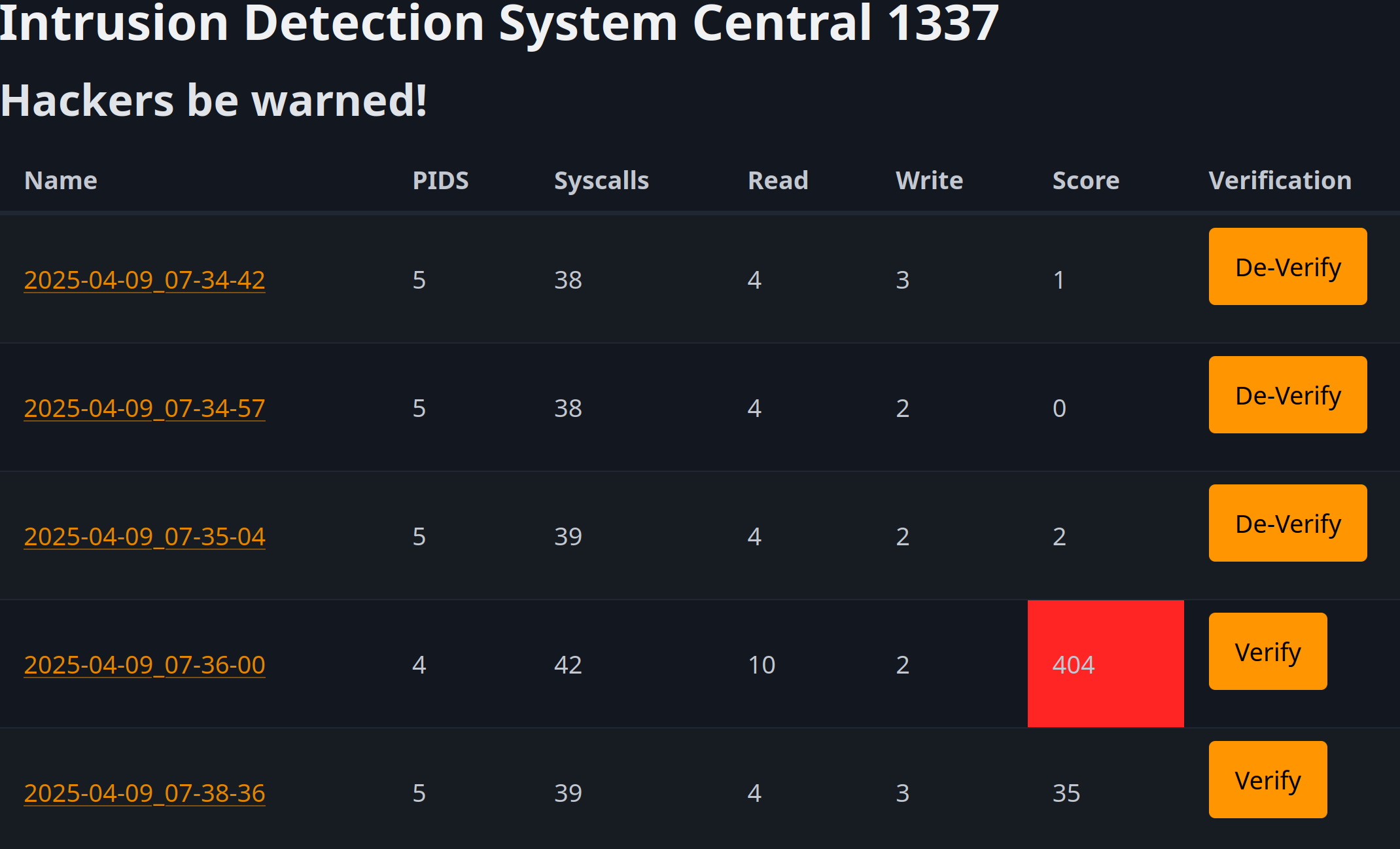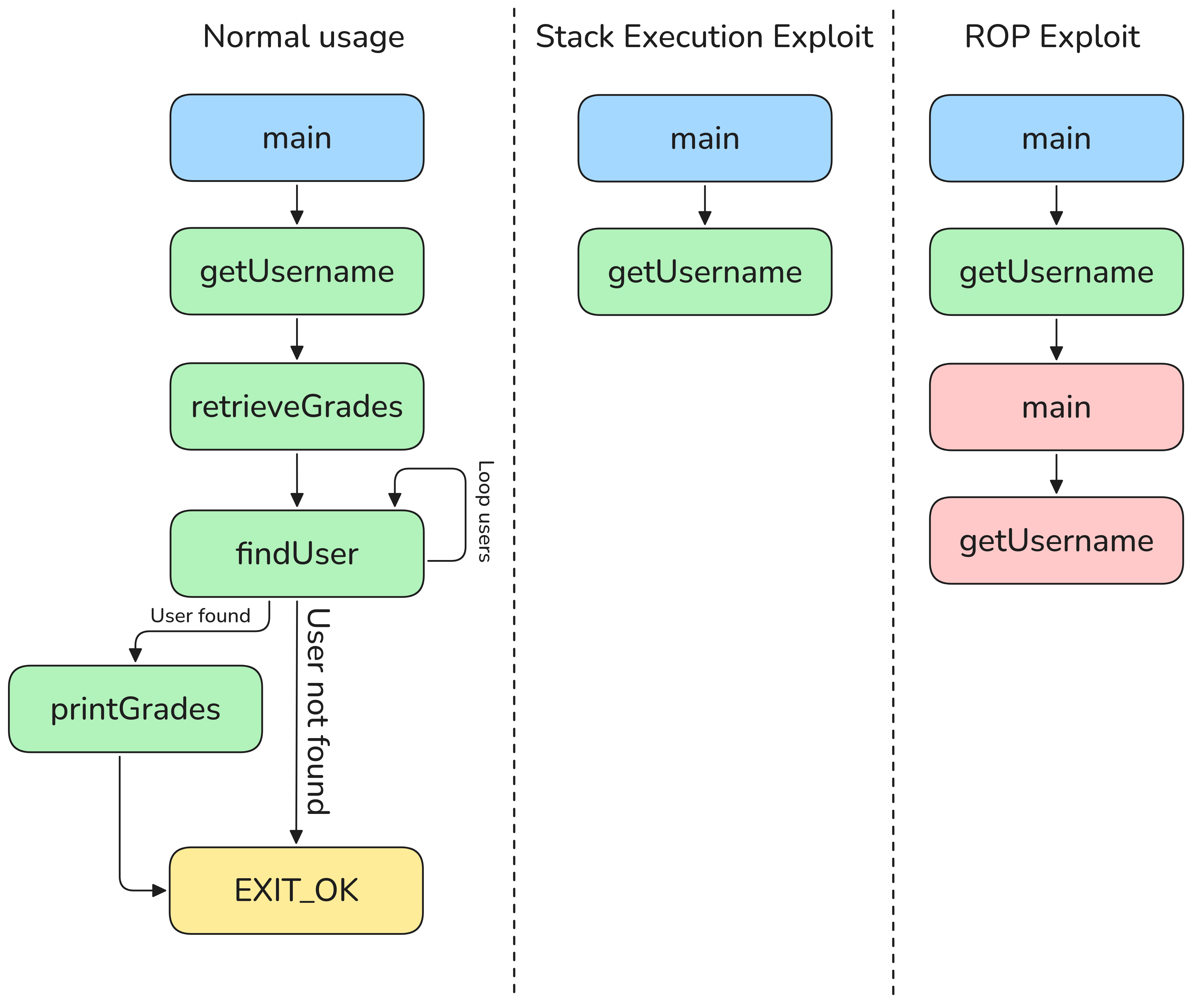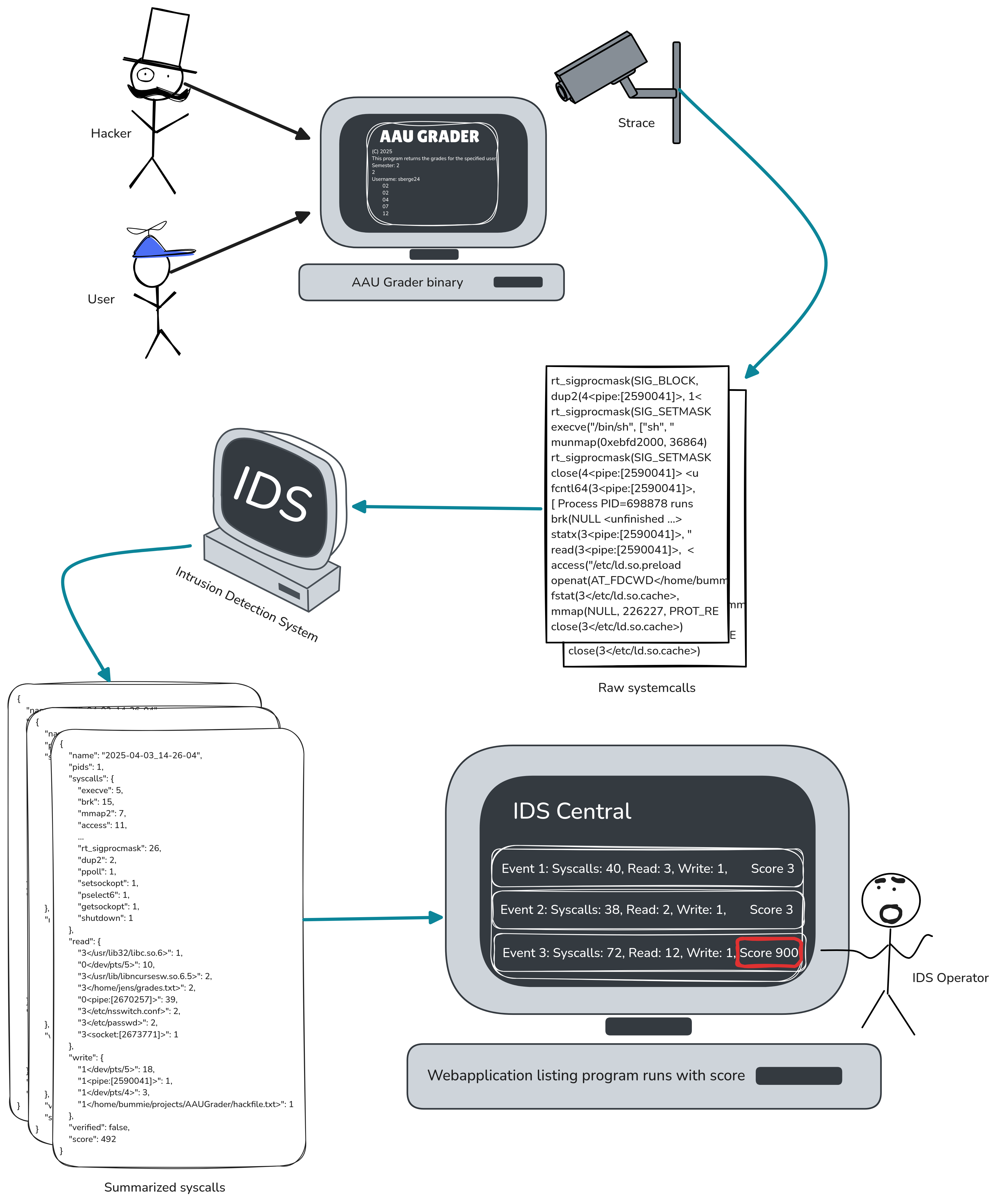DETECTING RUNTIME ATTACKS
2025-06-12 11:44:44
This project, titled “Runtime Software Attacks,” was a semester-long project focused on detecting buffer overflow attacks, such as Return-Oriented Programming (ROP). These attacks are particularly challenging because they manipulate a program’s execution without modifying the binary code itself. The central research question was: “How can we implement and detect runtime attacks that manipulate execution flow without altering the source code of the binary iteself?”.

Key Project Components
Vulnerable Binary: A 32-bit Linux binary was developed with deliberate vulnerabilities, specifically a format string vulnerability and a stack-based buffer overflow. The format string vulnerability was exploited to leak memory addresses, which in turn helped bypass a stack canary. This vulnerable binary served as the testbed for implementing and evaluating the detection frameworks.
Attack Implementation: The attacks were crafted using Pwntools. The project successfully executed two types of attacks to gain a shell:
- Shellcode injection: This was used on a version of the binary with an executable stack.
- ROP chain: This was used on a version of the binary with a non-executable stack.
Detection Frameworks: Two distinct frameworks were designed and implemented to test different detection strategies:
- System Call Anomaly Detection: This flexible approach monitored a program’s system call behavior to identify and flag unusual patterns.
- Control Flow Validation: This deterministic model enforced a strict, predefined Control Flow Graph (CFG) to catch any deviations from expected execution paths.

Everything connected

Results & Conclusions
The project concluded that both detection methods could successfully identify runtime attacks. The system call anomaly-based method was noted for its flexibility, while the deterministic CFG-based approach provided a stronger, more certain level of enforcement. The study highlights the critical role of real-time monitoring in modern cybersecurity defenses. Future work could explore the use of machine learning to enhance anomaly detection and the integration of context-specific configurations and honeypots to improve threat detection.
Demonstration
Source code
The source code is available at github.com https://github.com/bummie/aaugrader